Taylor Royse (11) sits quietly in her advisory class, smiling when her friend next to her tells a joke, working on her schoolwork. Like most teens, Royse also likes to text her friends during this study hall period. Unlike most teens, she uses a flip phone to communicate.
In a world where social media dictates popularity, likability and popular opinions, many students — and adults — feel the effects of its constant surveillance.
The term “social media” includes any and all apps and websites through which people around the world can share pictures or information with others. Social media apps include Instagram, Snapchat, TikTok, Facebook, YouTube and X, formerly known as Twitter.
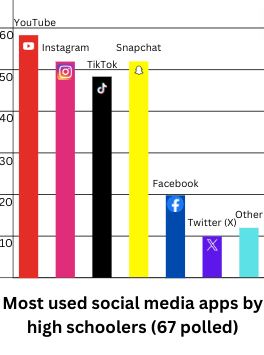
Isolation and connection
“I think that the whole point of social media was to be able to have people connect, and I think that has done the exact opposite, and people don’t realize it,” Royse said. “I think nowadays people socialize on the phone instead of in person, which is really damaging to us because it’s really important to have real human interaction.”
This is the reason why Royse decided to switch to a flip phone: one that still enables her to communicate with her friends but with no internet or social media access. “I think it just made me feel like I was more human because I didn’t always have technology with me and on me,” Royse said.
But social media doesn’t always isolate people; for example, according to transition therapist Shari Murray, it can help connect teens to communities beyond their own. “Say there’s a gay kid who lives in a community where there aren’t a lot of other gay kids, right? Social media’s a place where they can find other people who are similar. They can go out there and see that there are other people like them. You can find other kids who have similar interests, or other kids who have similar things, who identify like you do,” Murray said.
Before social media existed, people only communicated with their schoolmates, their coworkers, their neighbors. But now, with the invention of websites and apps that allow communication from across the world, people can connect to so much more than they were able to before.
But does the isolation from one another in real-life settings outweigh the newfound connection that social media allows people to have? “I don’t know, do the goods outweigh the bads? That’s a tough one,” Murray said.
Sharing of content
Social media allows people to share and spread whatever content they wish — with only a few limitations, depending on the app.
“People (are) able to spread things that (they) enjoy doing like (their) artwork or a picture of (their) team after they won a game,” Venus Hogan (10) said. Hogan has been a user of Instagram and Snapchat since they were in the sixth grade.
Of course, being able to share pictures and creations with others is generally a good thing, but when teens are tied to the amount of likes they get on their posts, it can lead to depression if they don’t perform as well as they hope.
There’s also the fact that, utilizing direct messaging on apps like Instagram or Snapchat, people can send unwarranted and often rude photographs or messages to others without their permission.
“There’s the risk of cyberbullying, we have seen that, right, we can’t deny that that happens. There are mean, horrible people out there that say mean, horrible things,” Murray said. “So, if you’ve got a person who’s at risk, that’s obviously going to make them feel worse.”
This sort of online harassment can lead to not only depression but also anxiety in teens. When a photograph of you can be put anywhere on the internet, without your permission, who can you trust?
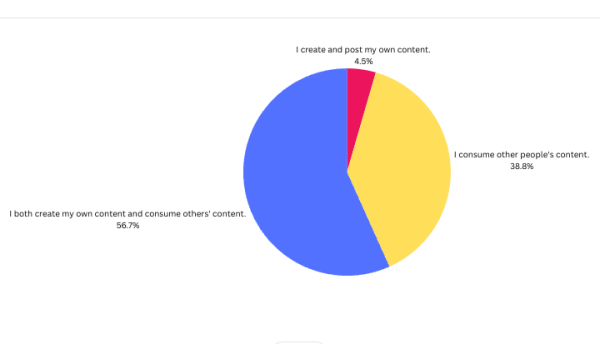
The “fake” world
What teens need to understand is that social media — what they see, what influencers share — is largely fake. People only post the best of themselves, the best of their worlds.
But even if teens do understand and know that fact, it’s difficult to shake the feeling that they still can’t measure up to the false standards that these influencers create.
The emergence of artificial intelligence that can create increasingly realistic images greatly contributes to this phenomenon. Artificial intelligence, or A.I. for short, is improving more and more and is becoming more and more accessible, which means that anyone can create any image they want.
This leads to even more fake content — more false than what influencers share. A.I. can use a person’s face to create false images of them, and that image can be shared anywhere.
“I think being aware of those things like that, knowing how to really know what the risks are, know what you should post, what you shouldn’t post, what’s real, what isn’t real. And AI is making it super tricky, to know that; who are the good players, who are the bad players?” Murray said.
But is there any way to tell what’s real and what’s not anymore? When any picture can be modified, edited or created?
Why do teens stay on social media?
Despite all the bad, most people choose to stay on social media.
“I think it’s an obsession, I think it’s a thing that we can’t really live without, because during quarantine it was all we had for communication,” Hogan said. “So I feel like for us, for teenagers, it is our only way of really being able to talk to people.”
Not only can that reliance be because social media is the only way for teens to communicate, but it can also be caused by teens’ need to fit in.
“Everyone else is doing it, you know, and as humans we conform — we conform, that’s what we do, we try and fit in, because it’s a survival mechanism,” Royse said. “And so if everyone around you is always on their phone and getting on their phone and scrolling on social media, that’s what you’re going to do, because that’s what you observe, and that’s what you are going to conform to.”
How do we manage?
When social media can be an addictive force, how are teens and adults supposed to manage their usage of it to prevent it from becoming a negative impact on their mental health?
“Remind(ing) everybody that everybody only posts what they want people to see and not what’s real. And that there’s a whole other side of life that’s real and that everybody has bad days where they didn’t look great,” Murray said.
But for some, simple reminders that social media isn’t real isn’t enough.
“I think everyone would be a lot happier if social media wasn’t a thing. And I get there’s some pros to it, but I do think in general, if everyone stopped, we would all be so much happier,” Royse said.



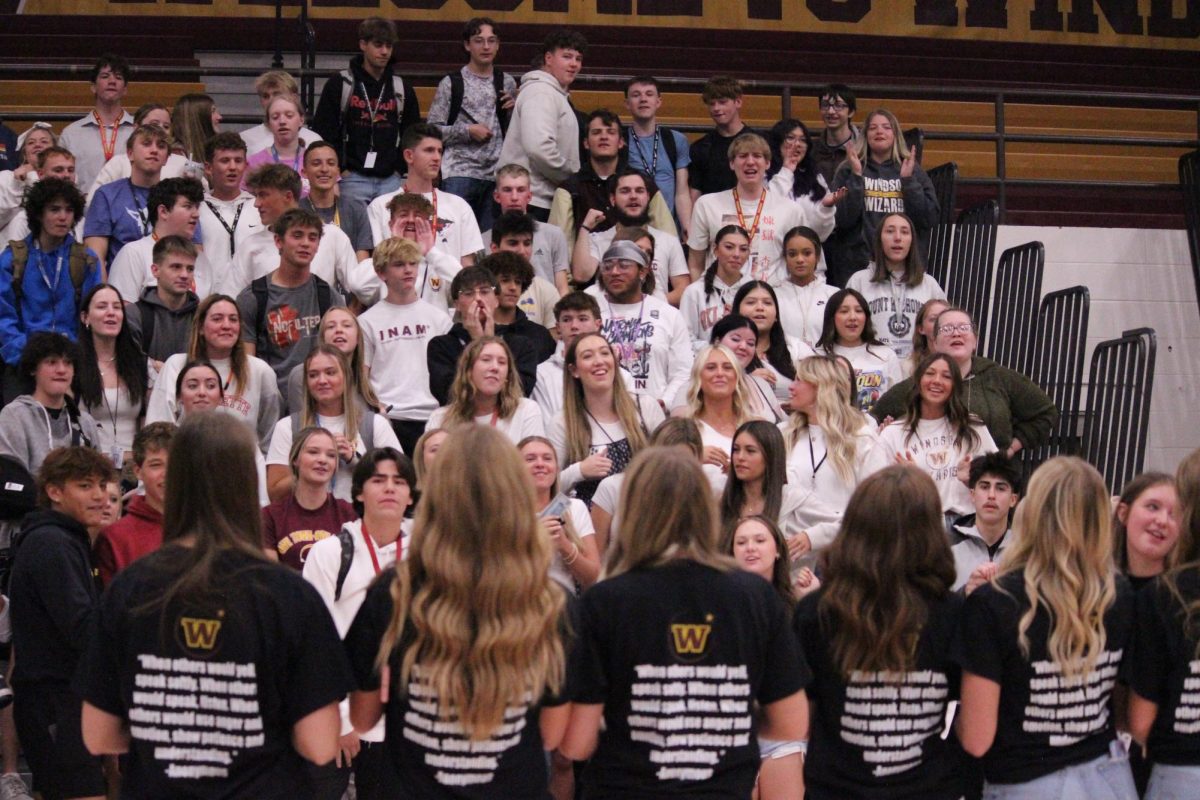
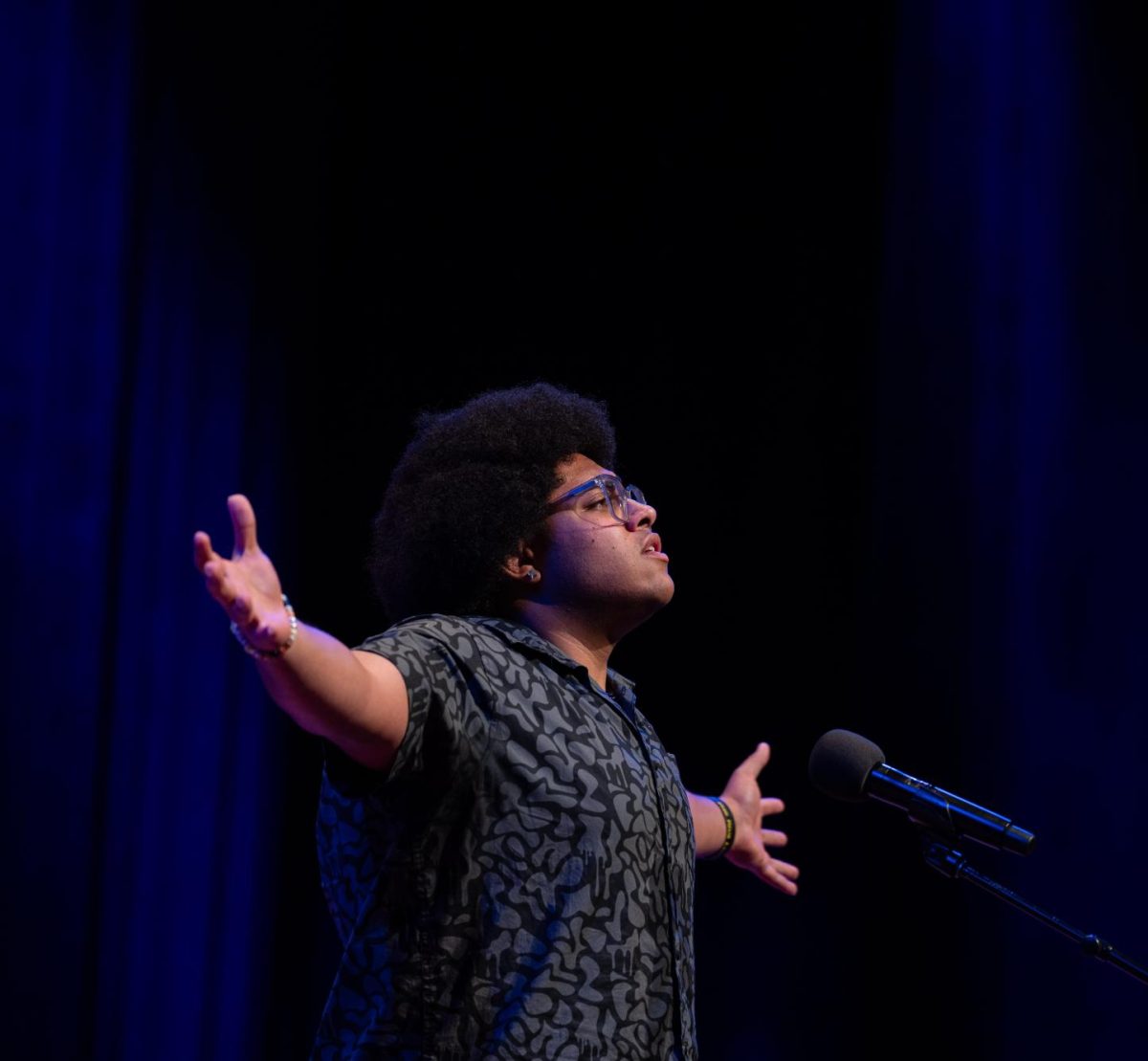
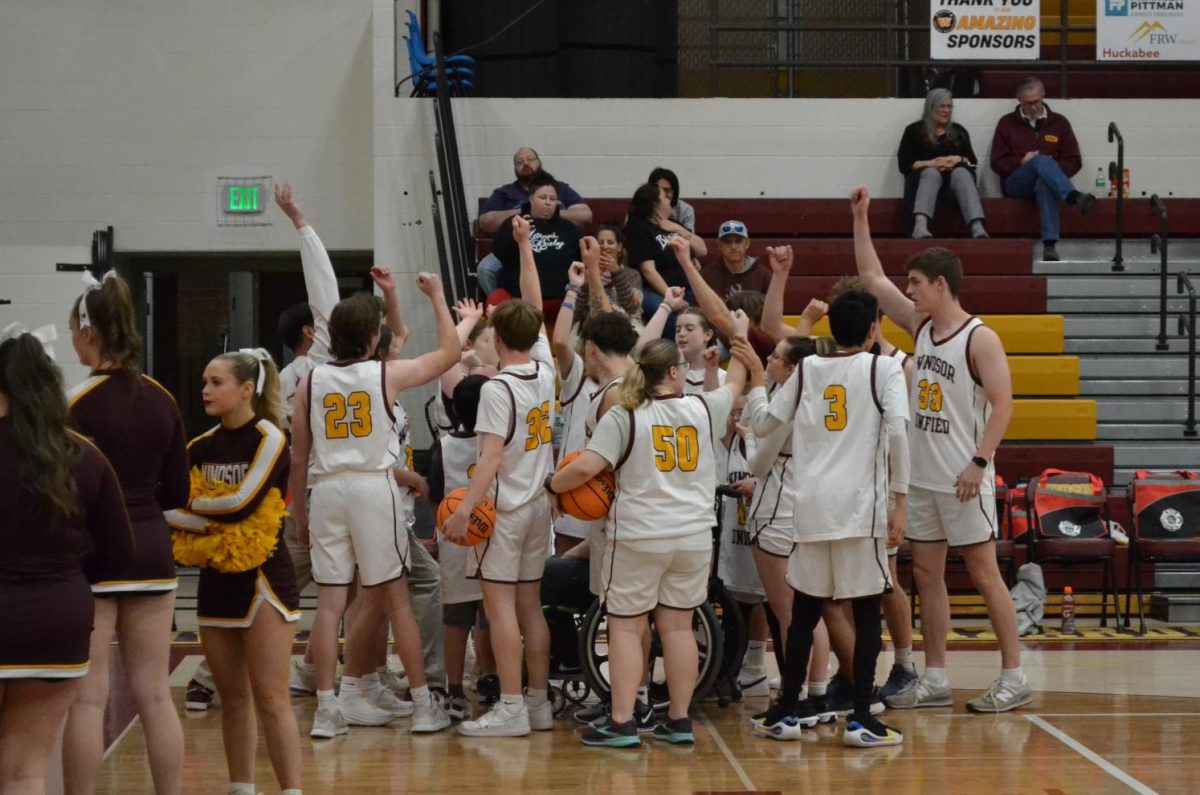

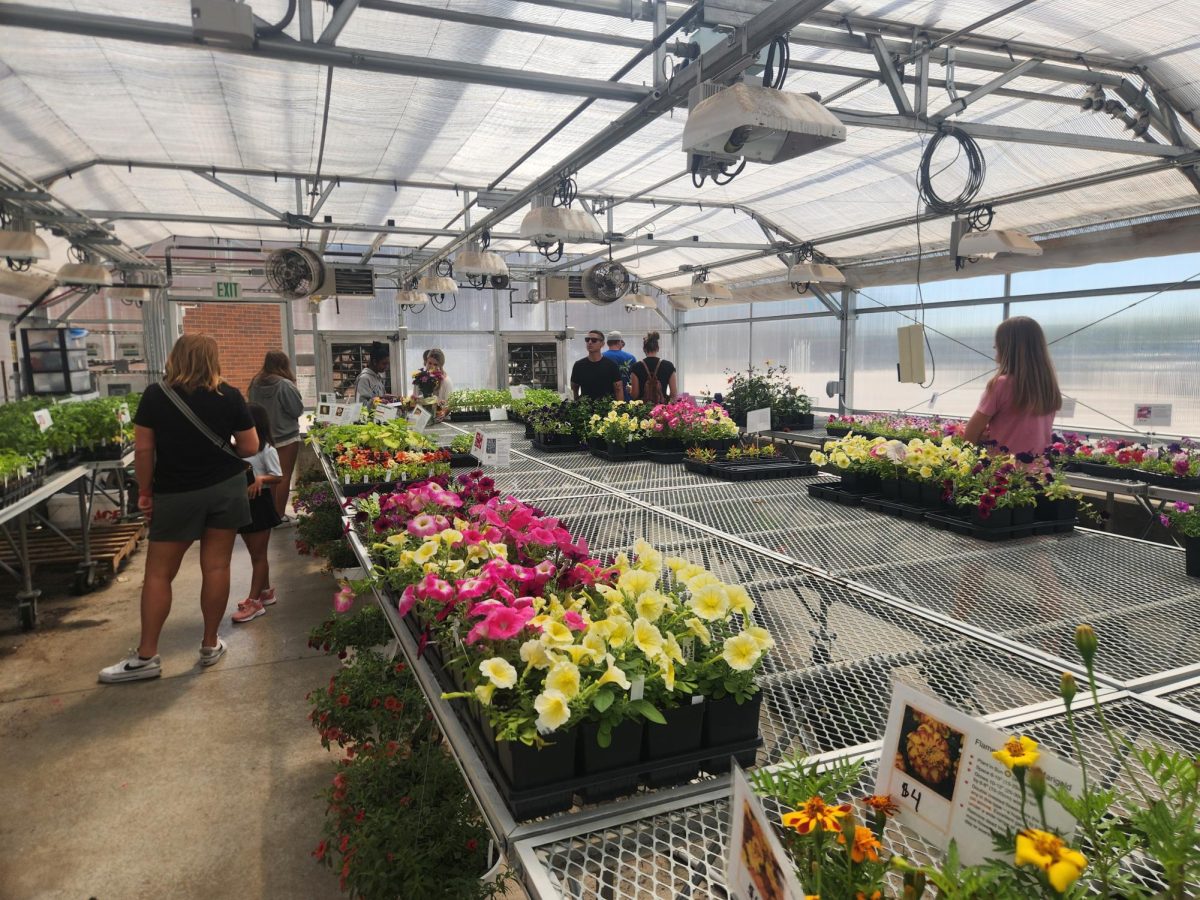
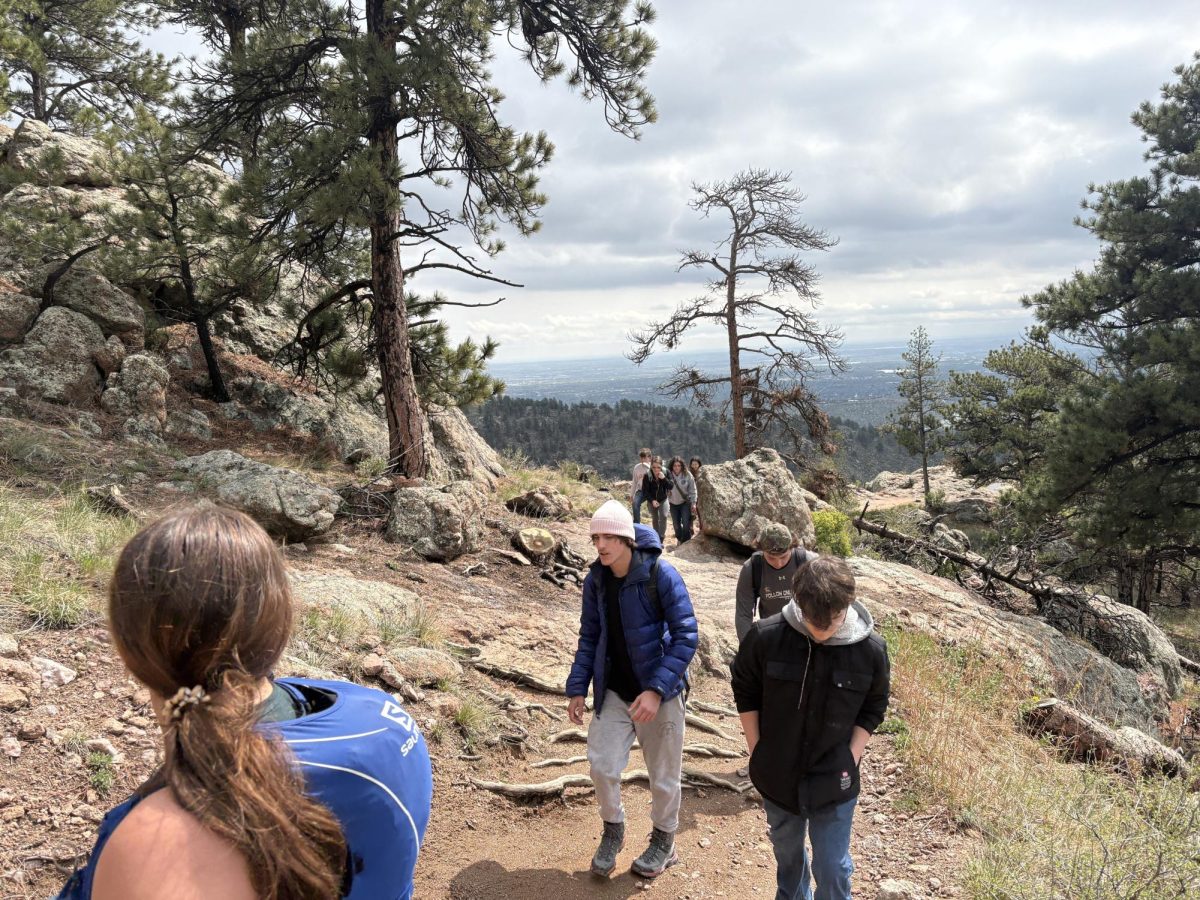
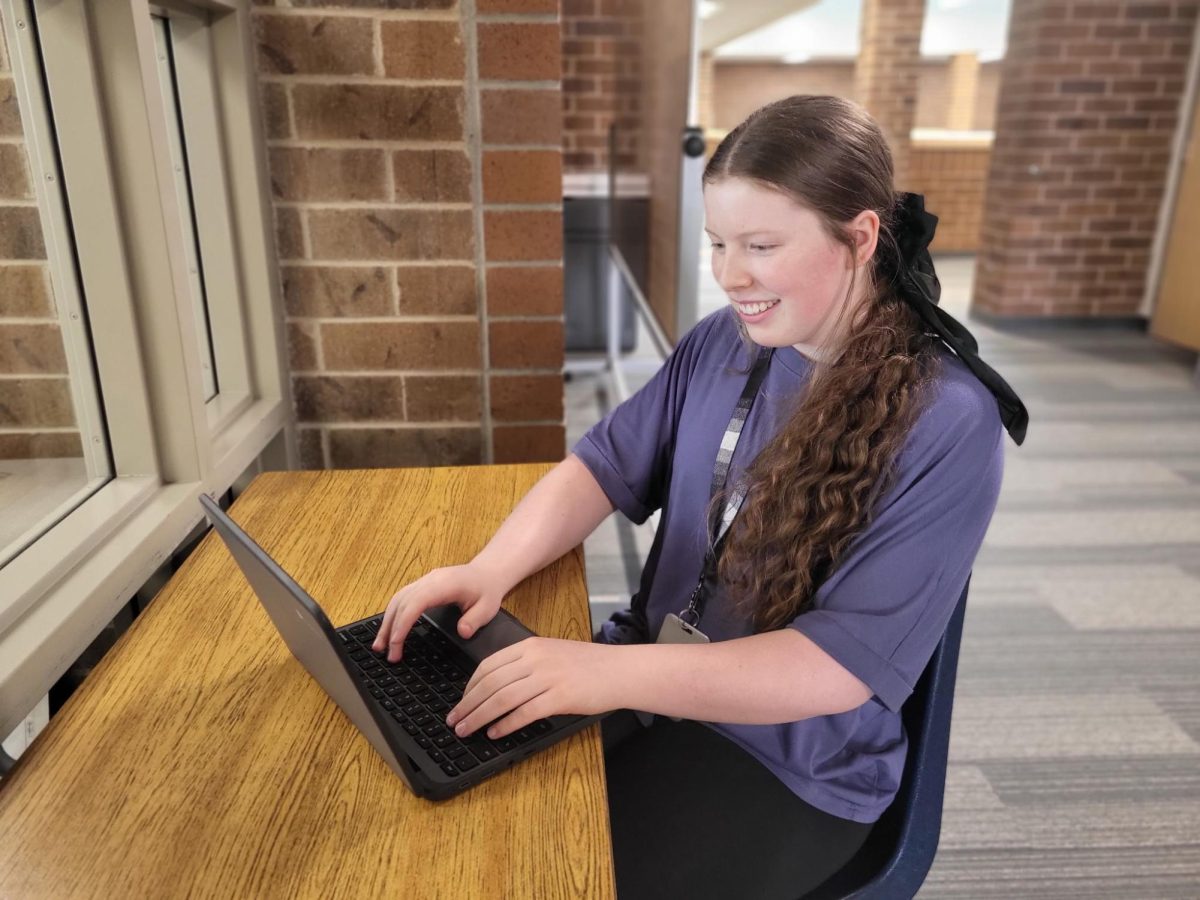
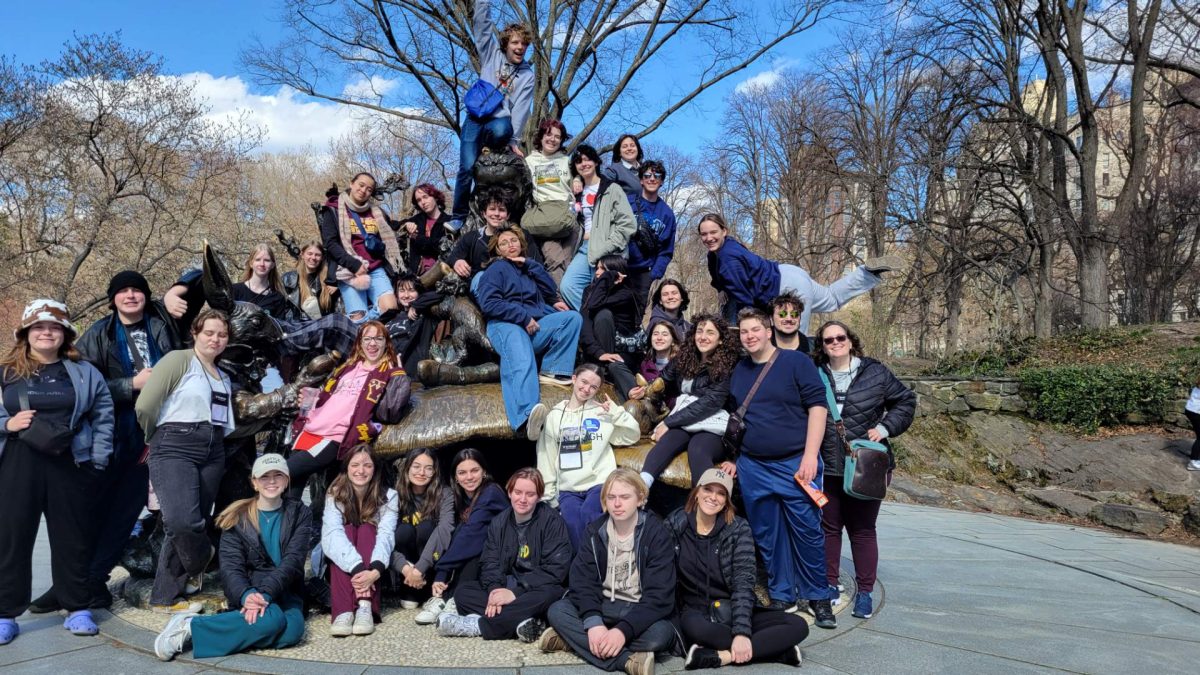
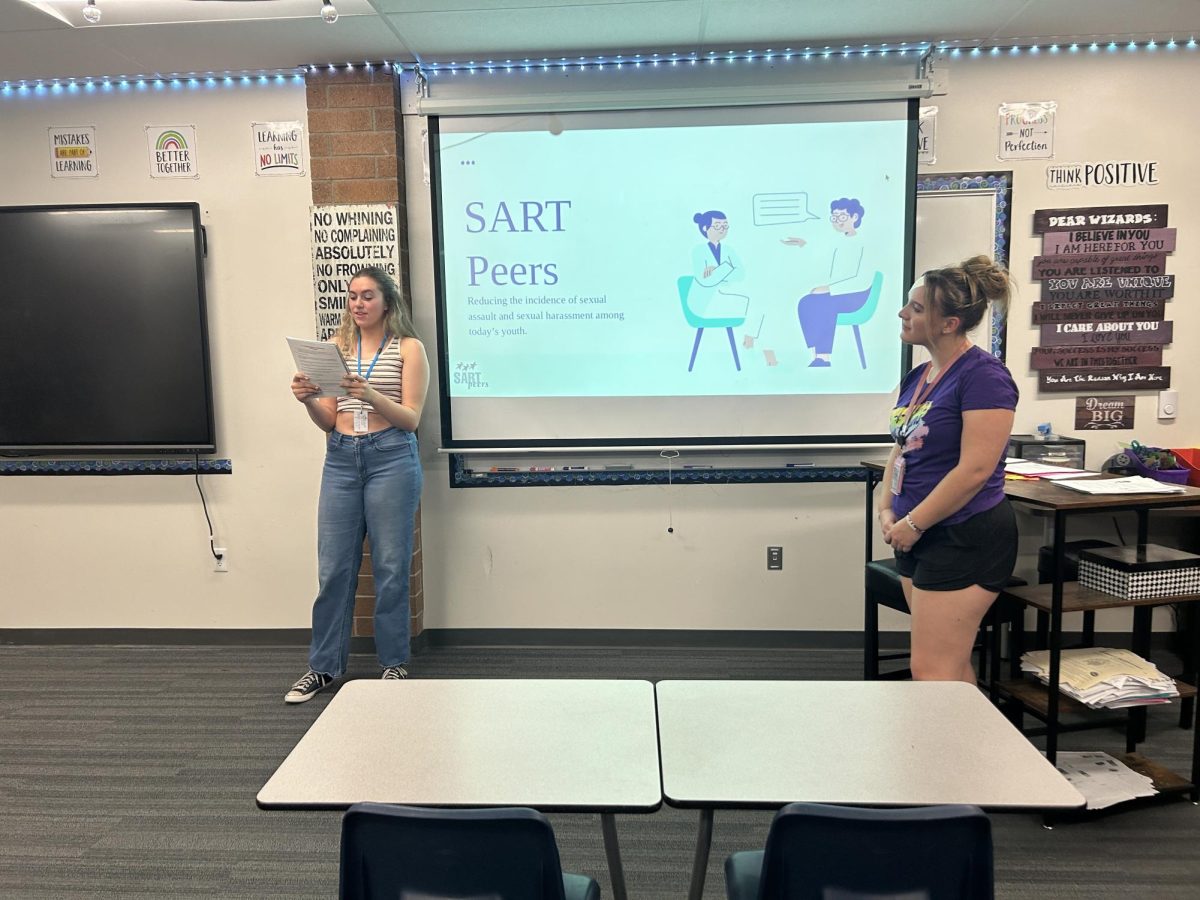
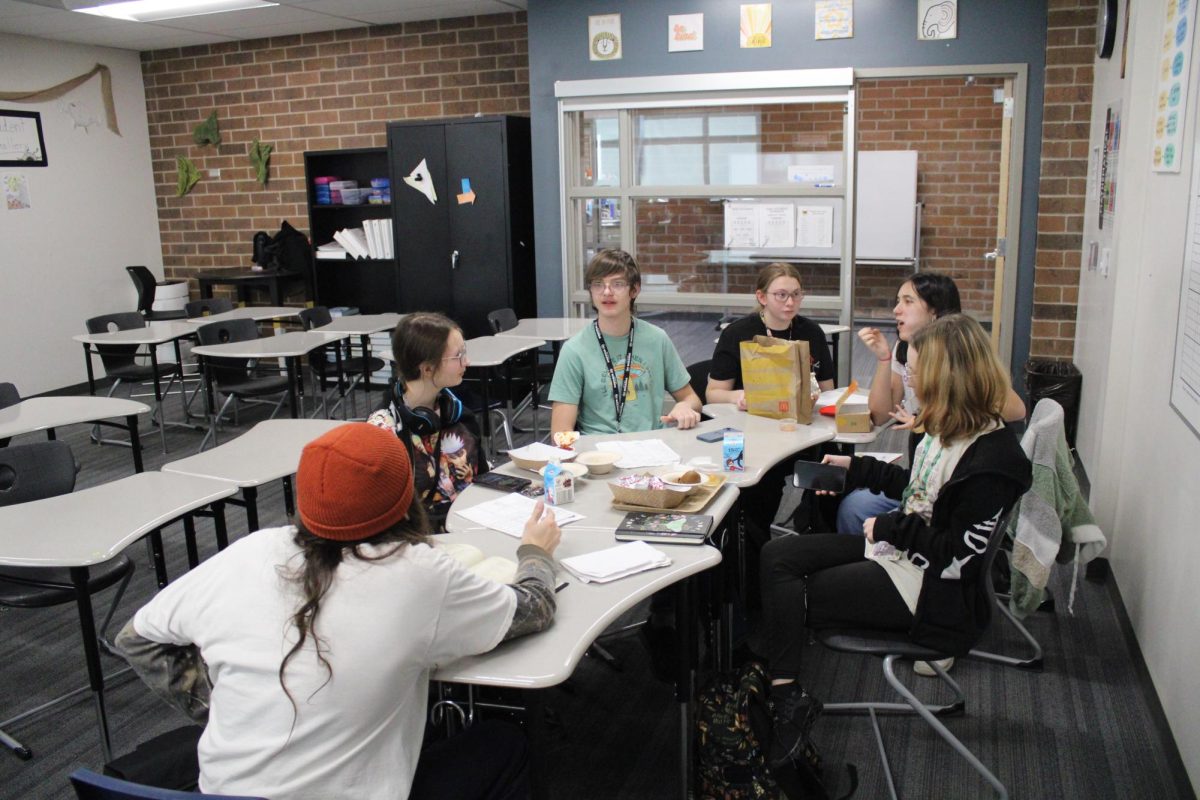
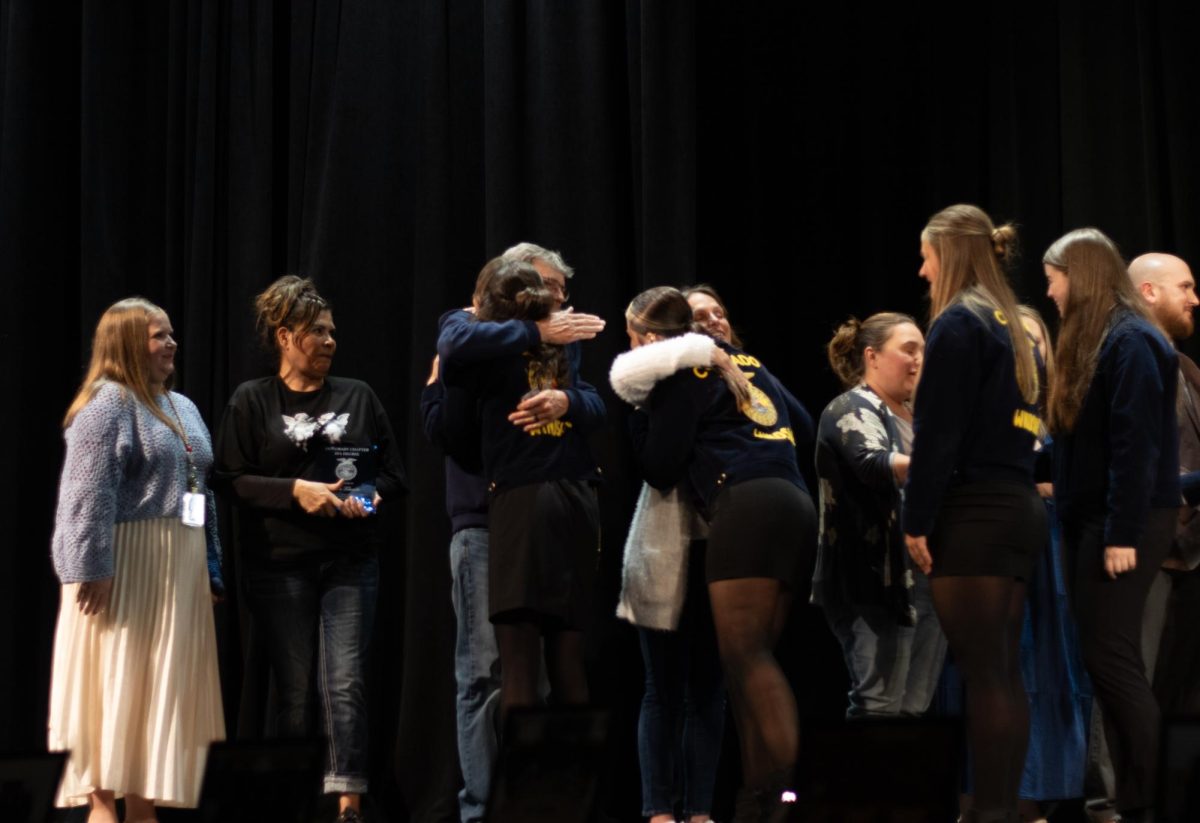


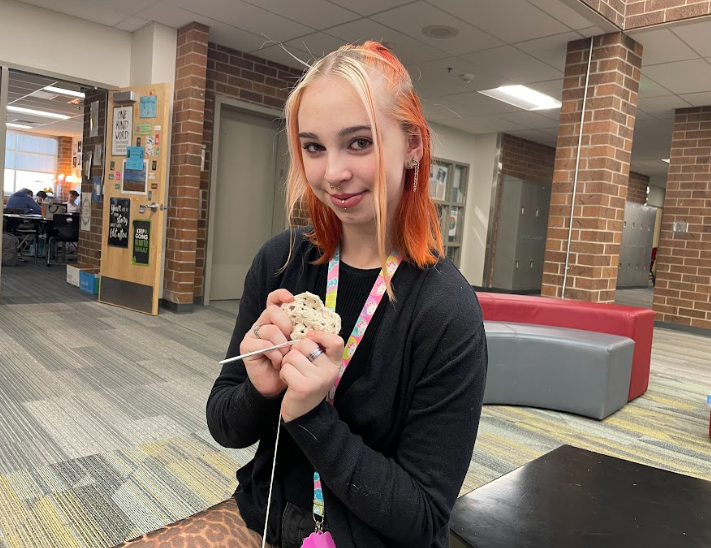


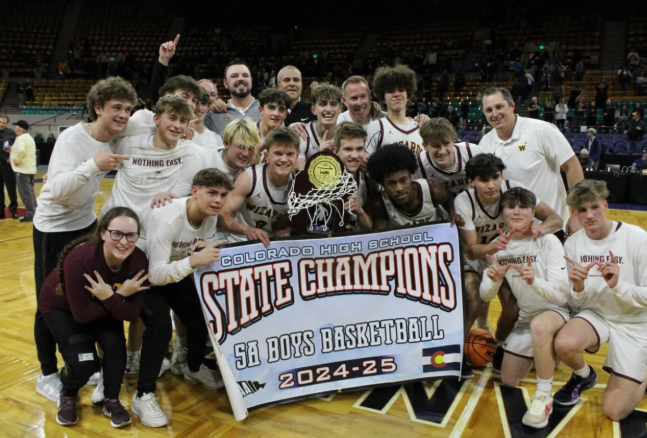





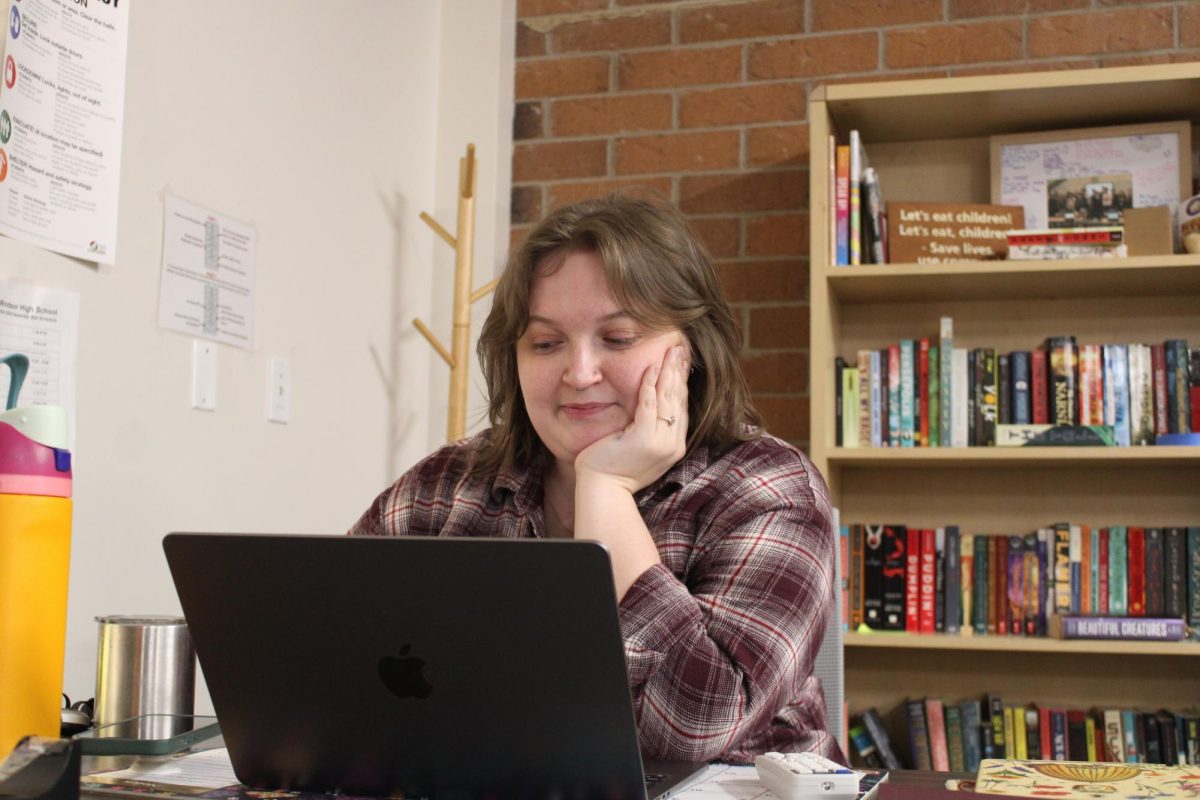
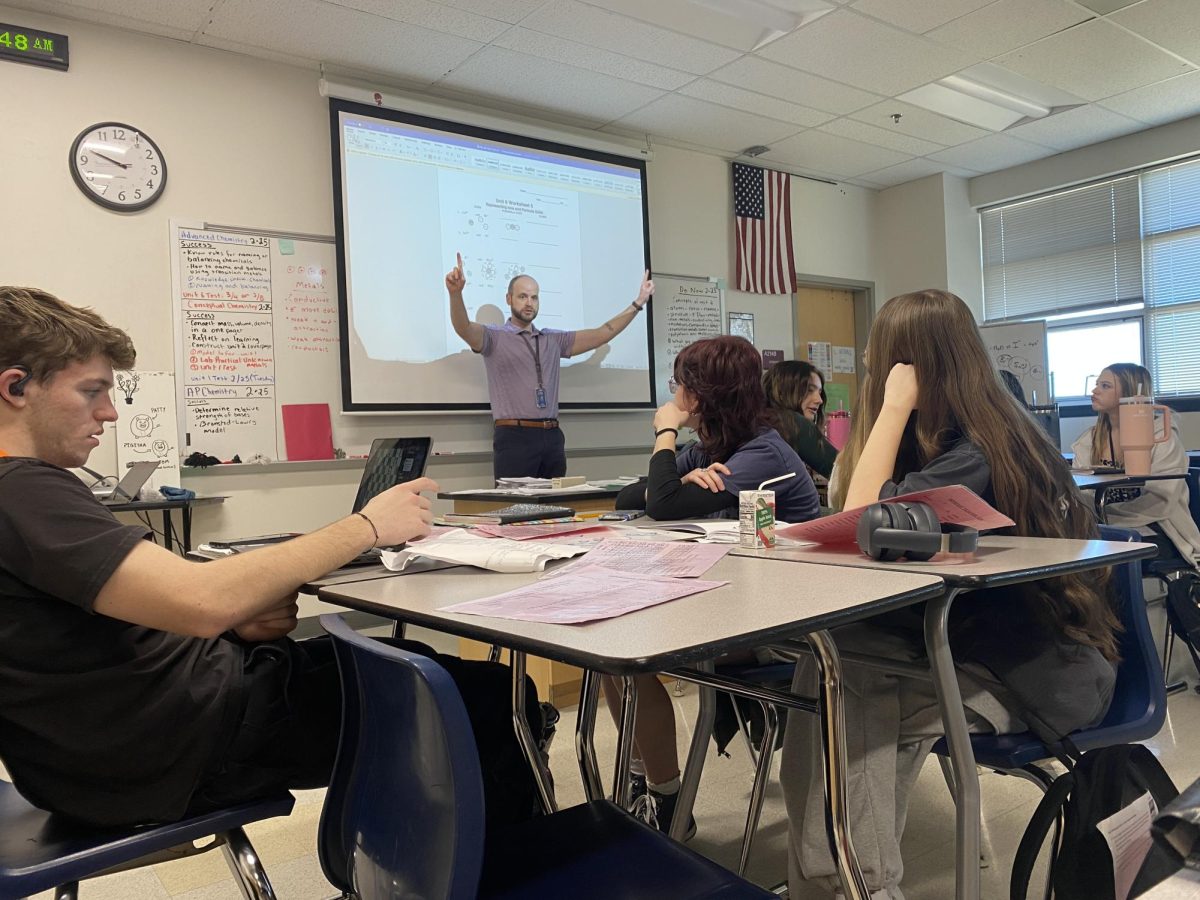
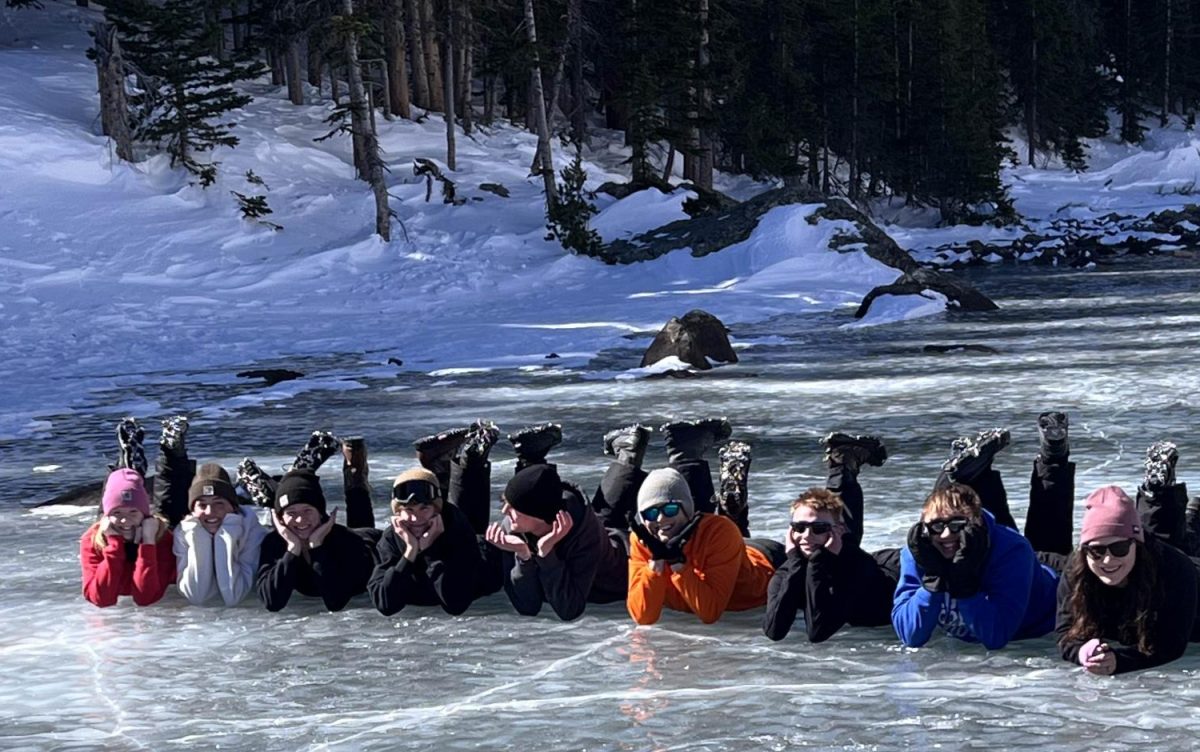
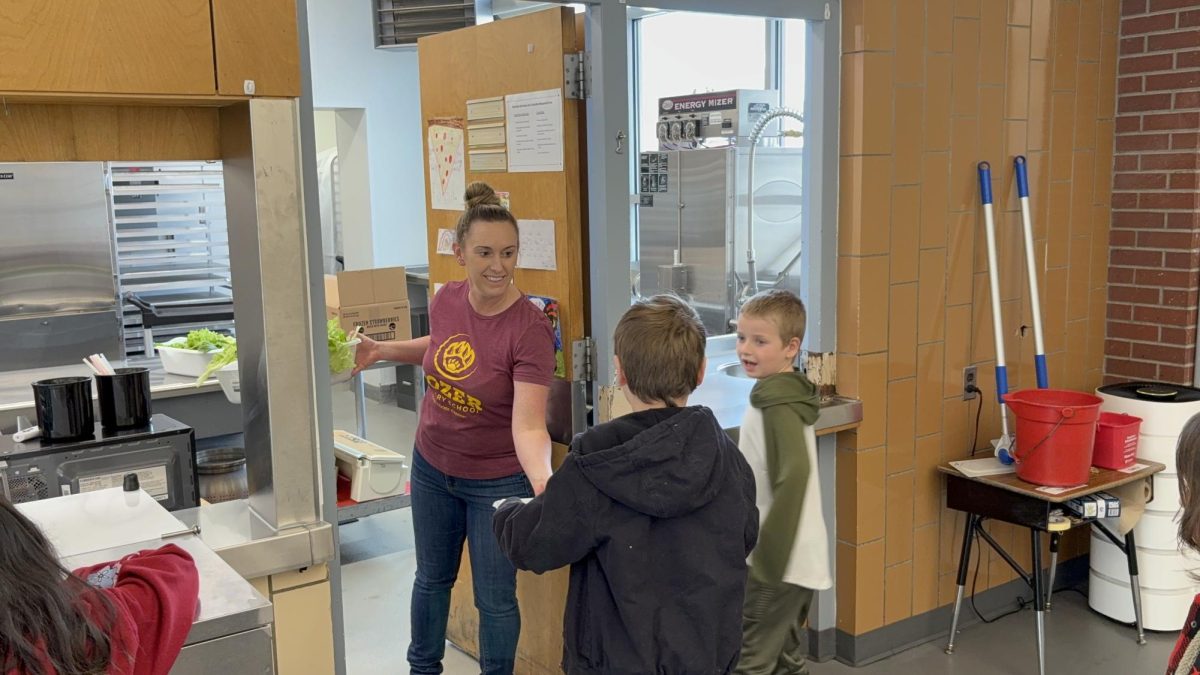
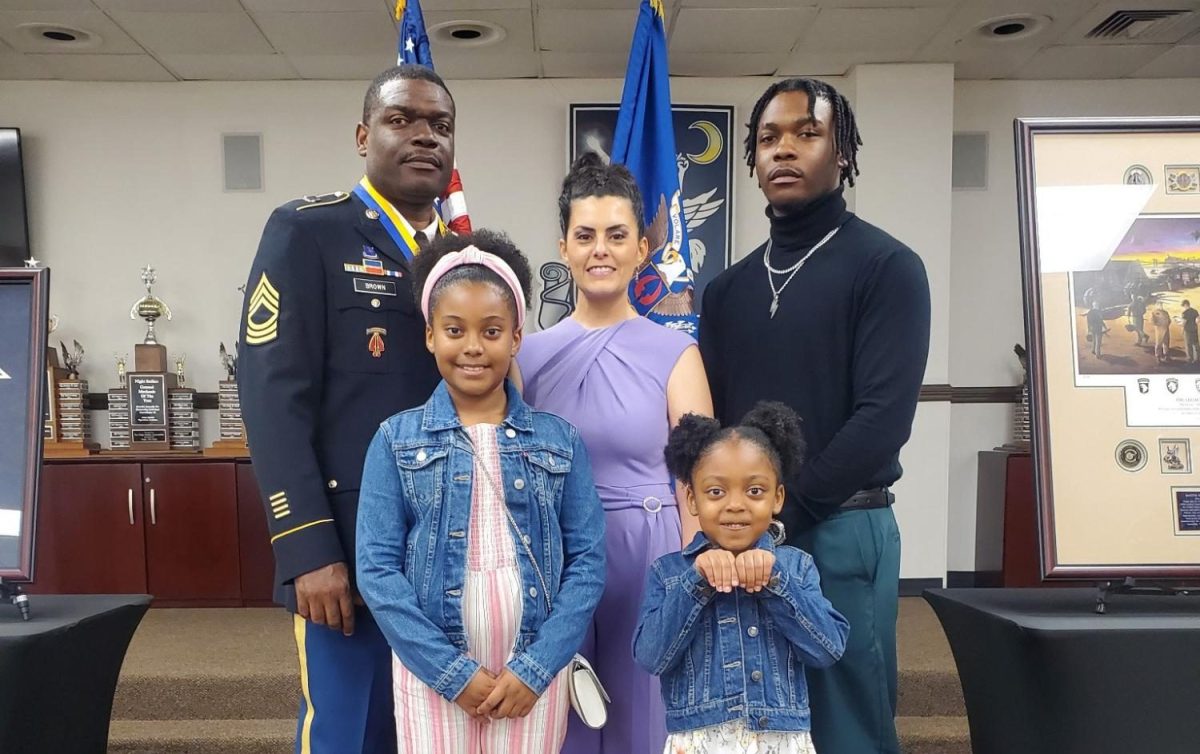
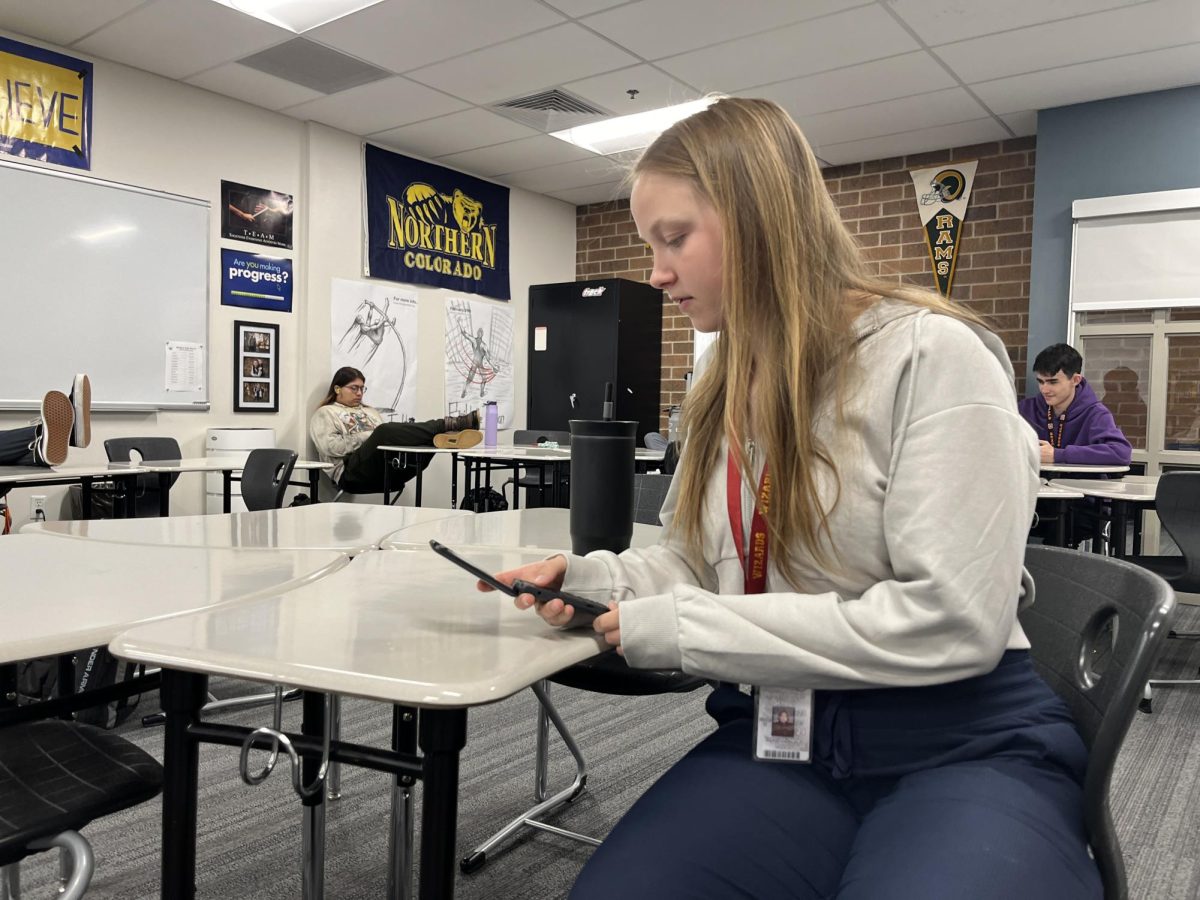

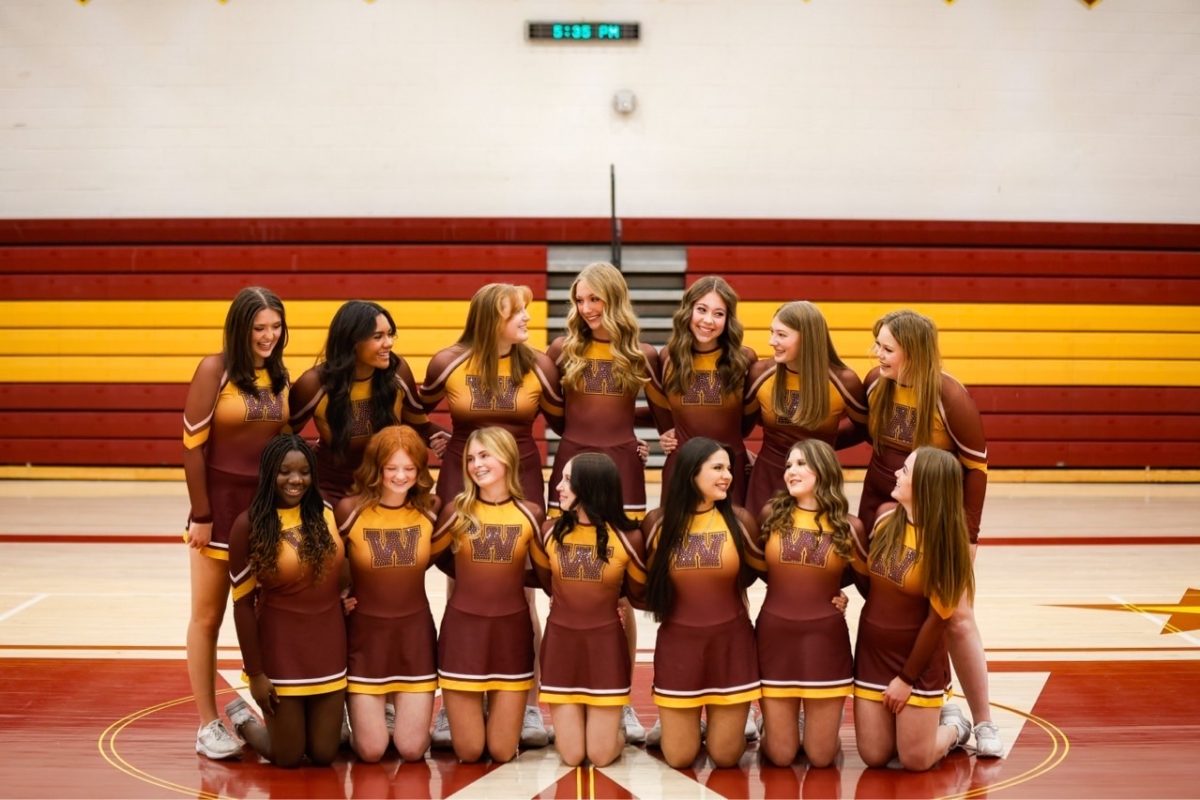

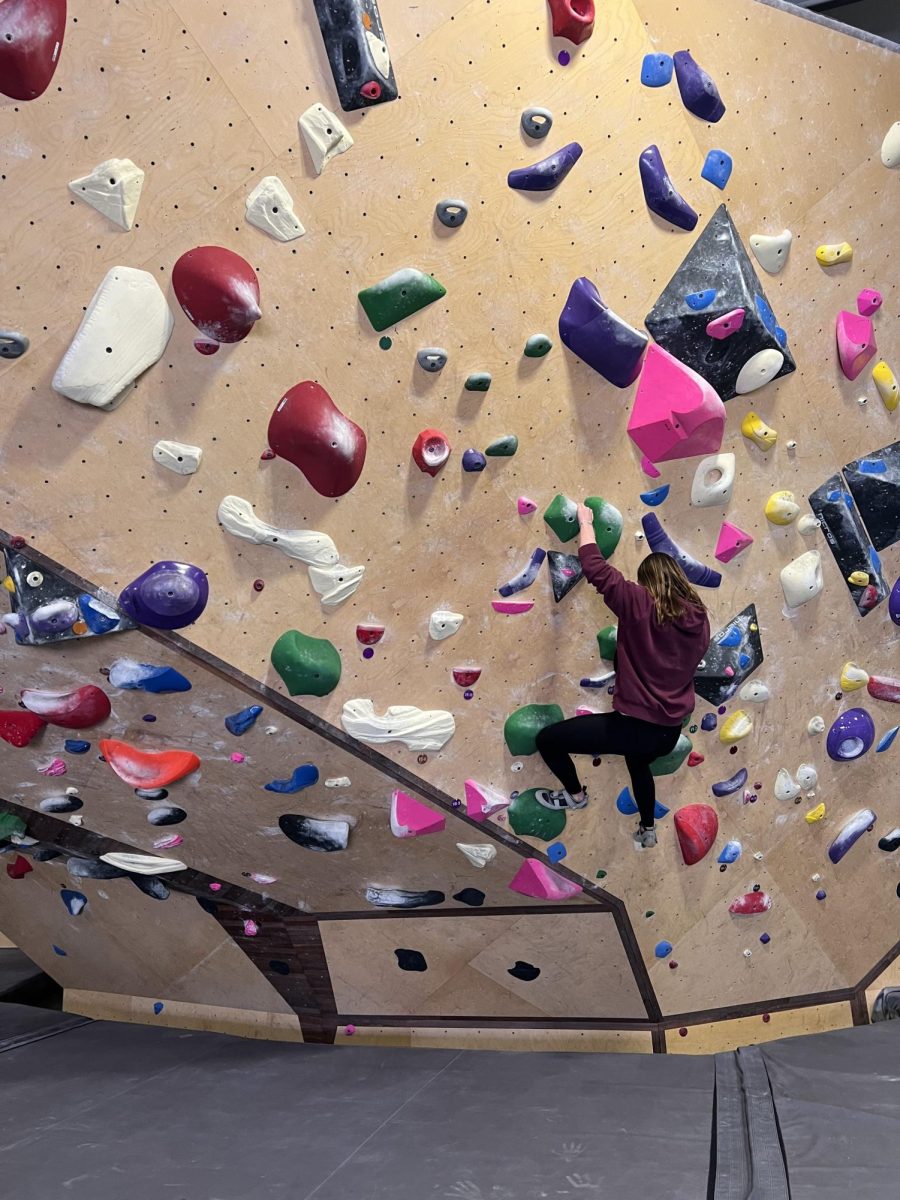
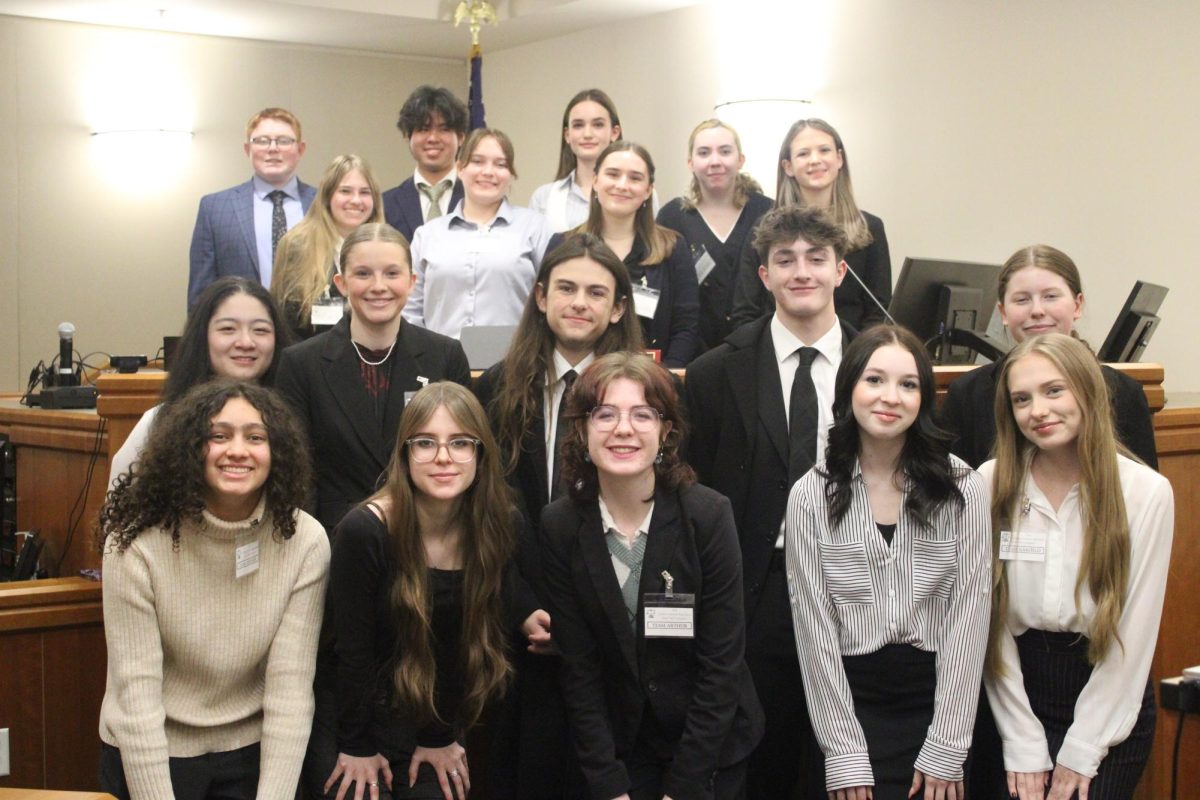

Avis • May 7, 2024 at 2:56 pm
Such an important topic and a helpful article!!! Great job!!